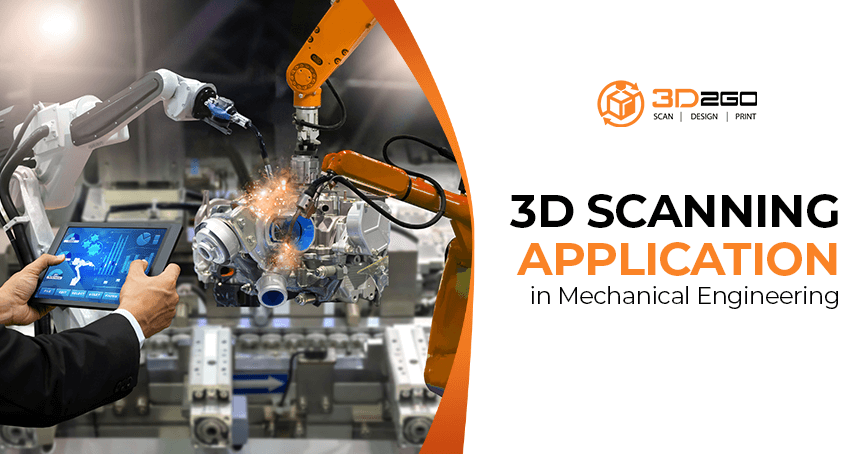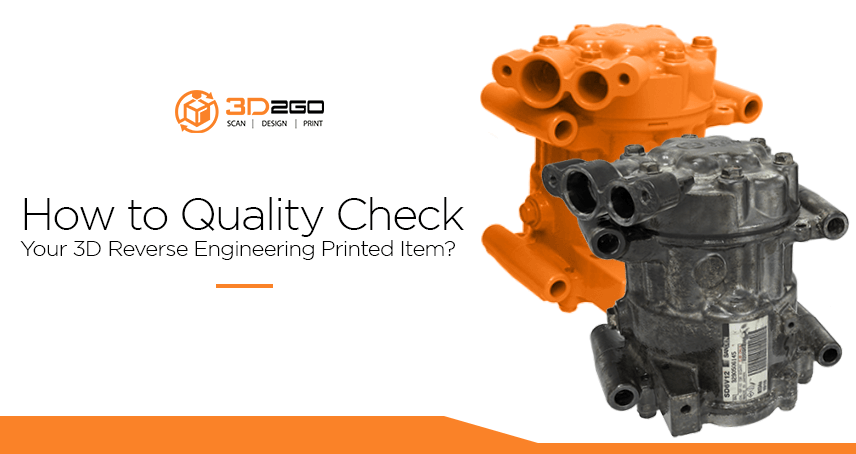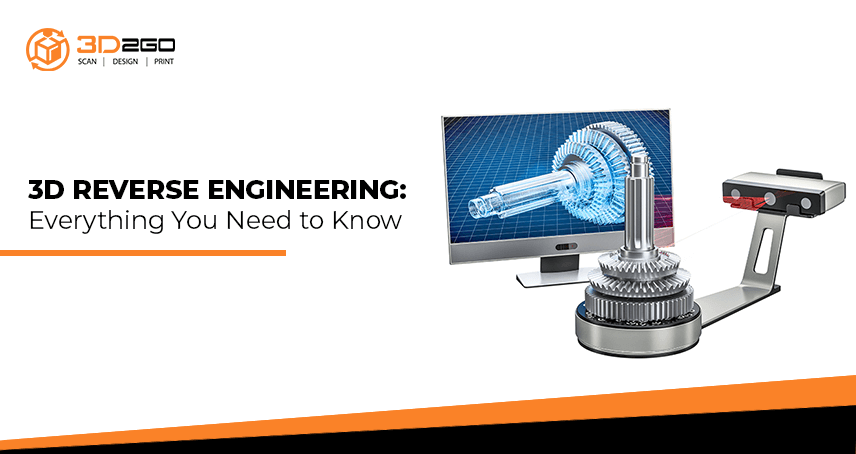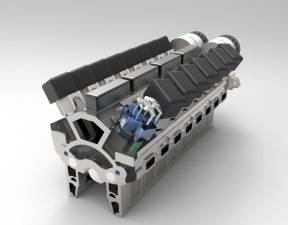
3D Scanning Application in Mechanical Engineering Made Simple
June 12, 2022
3D Printing Your Way to the Electronics Industry
June 13, 2022Now you have printed an item after 3D Reverse Engineering it, how can you ensure it is in top quality?
Reverse engineering, along with 3D scanning and 3D printing, is a powerful technique to develop digital designs from physical parts, and it may be one of the most valuable engineering tools for your prototyping project.
3D scanners can quickly measure complicated items and can greatly speed up your design workflow when real-life references are used.
You can build 3D printed parts that fit exactly on current items of all kinds thanks to the ability to record and modify actual shapes. Jigs made of 3D printed plastic can be used to repeatedly position a drill or saw, or to precisely join parts with glue.
But how do you ensure the quality of 3D reverse engineering printed items? We have some ideas.
How to Ensure the Quality of Your 3D Reverse Engineering Printed Project?
Quality inspection is a process that involves measuring, examining, testing, or gauging one or more features of a product and comparing the results to stated standards to determine whether the product conforms to those requirements.
So to check the quality of a product you must look at many factors:
- Ensure the quality of materials
The quality of the material used is crucial in ensuring that a 3D-printed object meets the requirements of highly demanding applications.
Material qualification, on the other hand, is a constant concern for organizations. The necessity to preserve the purity of the item used in additive manufacturing is one issue that complicates the process.
This is especially true for safety-critical applications like airplane parts or medical devices, where the material utilized must be contamination-free at all times. Impurities can change the qualities of the finished product, resulting in a print failure.
There are two popular 3D printing filaments used: ABS and PLA.
ABS (Acrylonitrile Butadiene Styrene) is a thermoplastic, well known in the molding industry. People use it in LEGO, electronic housings, and automotive bumper parts.
PLA (Polylactic Acid) is a biodegradable (under the right conditions) thermoplastic; it comes from renewable resources such as cornstarch or sugarcane. It is one of the most popular bioplastics, used for many applications ranging from plastic cups to medical implants.
So pick your materials wisely.
- Inspect
A model with no holes in the mesh, that is as near as possible to the same measurements as the original thing being copied, and that moves in a realistic manner is a sign of high quality.
Striking for the finest quality model every time, no matter what you’re making, is a smart habit to keep. You never know when you’ll need an old model, and having good bases in your collection that don’t require much post-processing might save you a lot of work in the long run.
Changes to 3D models are usually required for future work. This may be a new phone model or a new attire for a game character. Even little adjustments to a poorly constructed 3D model can result in visible distortions.
- Don’t forget to post-process
3D post-processing is a crucial aspect of the 3D printing process that is sometimes overlooked. The look and feel of 3D printed objects is becoming increasingly important as the additive manufacturing sector shifts from prototype to end component production tailored to consumer markets.
That’s where 3D published component post-processing comes in..
Small defects can be removed using sandpaper or a small sharp knife, for example, especially if painting or polishing is planned.
Some polymers, such as ABS, can be treated using acetone vapor treatments to give them a shiny surface. These treatments, on the other hand, make the model less robust. With some sanding and careful treatment, composite or copper-infused plastics can be enhanced.
- Test it
The capacity to create highly personalized items and components is one of the most appealing features of 3D printing. Every 3D model is, in reality, one-of-a-kind by design.
As a result, it’s critical to check your file’s 3D printability to guarantee that it can be printed effectively and with high quality.
Testing of 3D printed polymer goods, regardless of the 3D printing process, is just as critical, if not more, than testing of raw materials.
While the material is typically certified in its raw state, there are some materials that may suffer from porosity, voids, powder residue obstructing channels, contamination, cracking, and deformations as a result of the printing process, to mention a few.
The Best Reverse Engineering 3D Printing Services in the Metro
We are 3D2Go, the premier company for anything 3D in the Philippines. We have the technology and talents to assist you in creating a 3D model of various items.
We are the one-stop-shop of everything 3D such as 3D scanning, 3D modeling, 3D prototyping and more.
By allowing us to help you, you can assure an accurate and satisfying result of your project.
We sell 3D scanners and 3D printers if you want to do your own DIY project.
Reach us through our Facebook or leave us a message here.






